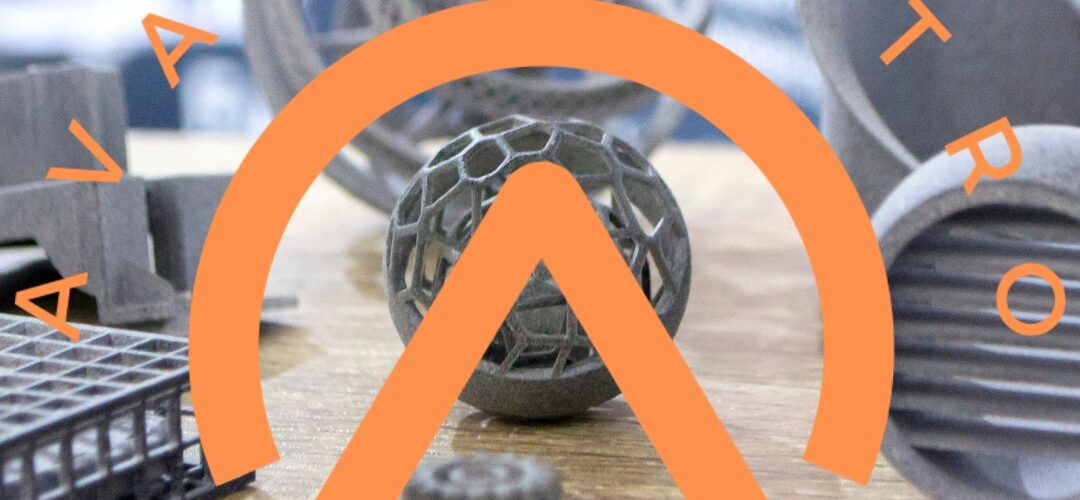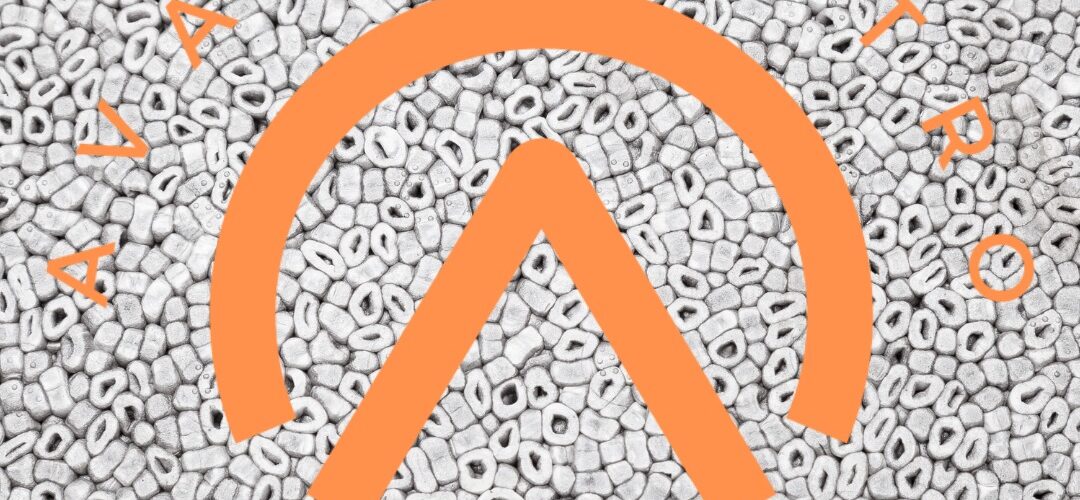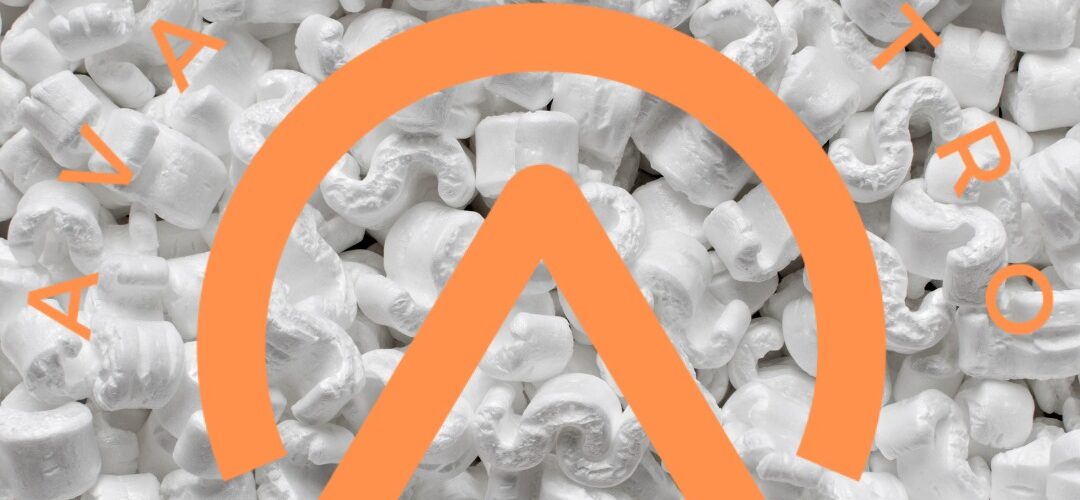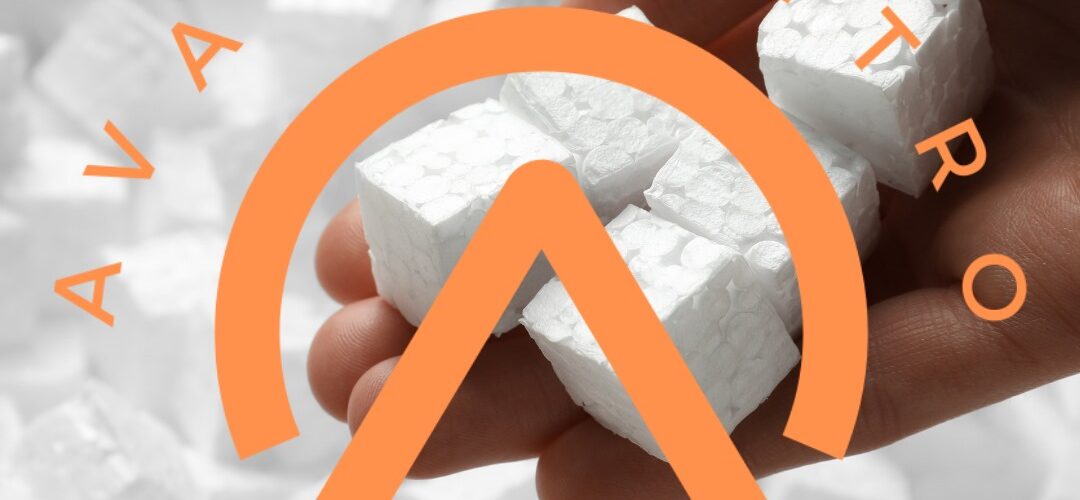Unlocking the Potential of PVDF Pipes and Fasteners: A Comprehensive Guide
Introduction
In the dynamic landscape of industrial materials, PVDF pipes and fasteners have emerged as stalwarts, providing unparalleled durability and chemical resistance. At avavinpetro, we pride ourselves on offering top-notch solutions for your industrial needs. In this comprehensive guide, we delve into the world of PVDF pipes and fasteners, unraveling their unique properties and showcasing why they stand head and shoulders above the competition.
Understanding PVDF: A Material Marvel
Polyvinylidene fluoride (PVDF), a high-performance thermoplastic, has become the material of choice for critical applications in various industries. Its exceptional chemical resistance, high-temperature stability, and low permeability make it a go-to solution for demanding environments.
The Advantages of PVDF Pipes
PVDF pipes exhibit a myriad of advantages that set them apart from traditional alternatives:
- Chemical Resistance
PVDF’s inherent resistance to a wide range of chemicals positions it as the ideal material for transporting corrosive substances without compromising structural integrity.
- Thermal Stability
In high-temperature environments, PVDF pipes maintain their structural integrity, ensuring a reliable and durable solution for industrial processes.
- Mechanical Strength
The robust nature of PVDF pipes makes them suitable for applications that demand high mechanical strength, providing longevity and reliability.
Fastening the Future: PVDF Fasteners
The synergy between PVDF pipes and fasteners is crucial for ensuring a seamless industrial operation. PVDF fasteners offer:
- Corrosion Resistance
Just like PVDF pipes, PVDF fasteners boast exceptional resistance to corrosion, ensuring longevity and reliability in challenging conditions.
- Tight Sealing
The precision in manufacturing PVDF fasteners guarantees a tight seal, preventing leaks and enhancing overall system efficiency.
- Versatility
PVDF fasteners are adaptable to various applications, providing a versatile solution for industries with diverse needs.
Applications Across Industries
PVDF pipes and fasteners find applications across a spectrum of industries, showcasing their versatility and reliability.
- Chemical Processing
In chemical processing plants, where exposure to corrosive chemicals is a constant, PVDF pipes and fasteners shine, ensuring a safe and efficient operation.
- Semiconductor Manufacturing
The semiconductor industry demands precision and purity. PVDF’s chemical resistance and stability make it an ideal choice for semiconductor manufacturing processes.
- Water Treatment
PVDF’s resistance to chemicals and UV radiation makes it an excellent choice for water treatment applications, ensuring the integrity of the system over the long term.
Installation and Maintenance
Ensuring the longevity of PVDF pipes and fasteners involves meticulous installation and regular maintenance. Here are key considerations:
- Professional Installation
Opt for professional installation to guarantee that PVDF pipes and fasteners are correctly fitted, minimizing the risk of future issues.
- Regular Inspections
Scheduled inspections are crucial to identify any potential problems early on, allowing for proactive maintenance and avoiding costly downtimes.
- Cleaning Procedures
Follow manufacturer-recommended cleaning procedures to maintain the chemical resistance and performance of PVDF pipes and fasteners.
Conclusion
In conclusion, the utilization of PVDF pipes and fasteners marks a leap forward in industrial material technology. Their unparalleled chemical resistance, thermal stability, and mechanical strength make them indispensable in various applications. At avavinpetro, we stand as your reliable partner, providing top-tier PVDF solutions for your industrial needs.
Written by Emir Narin










